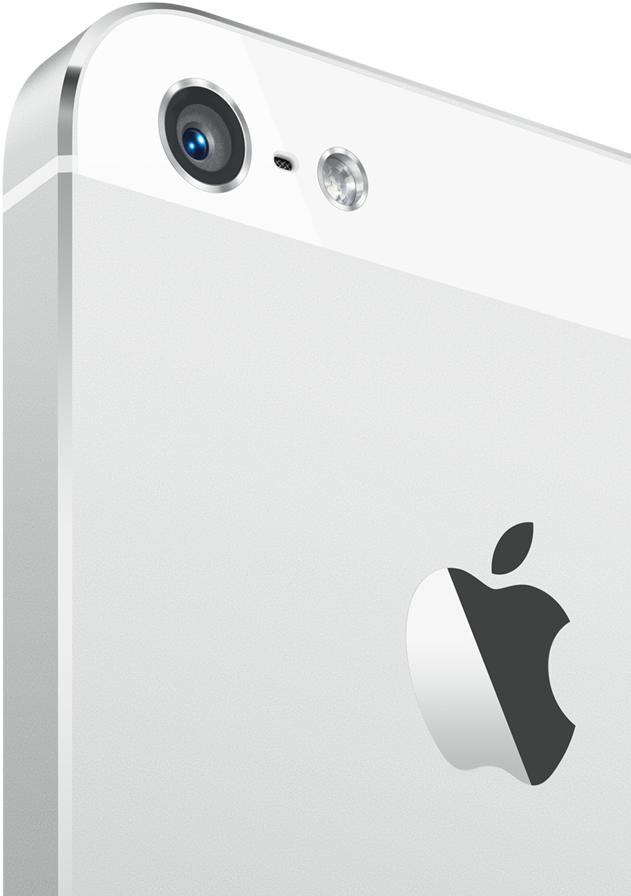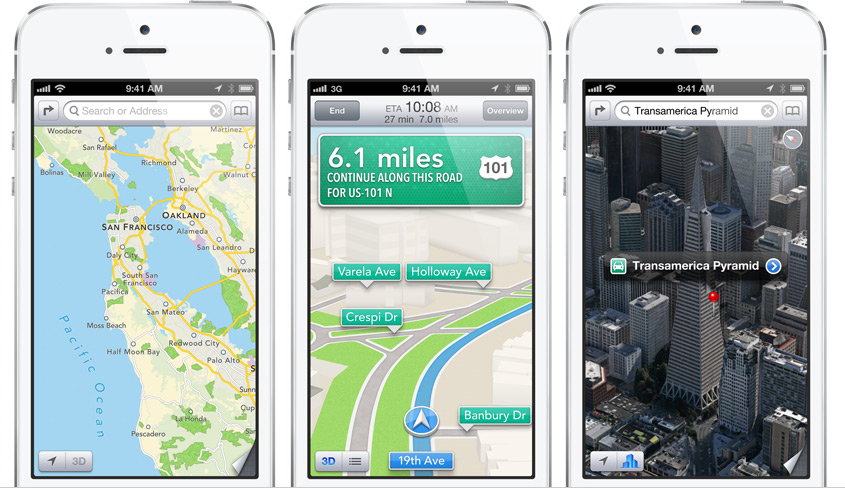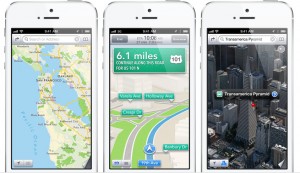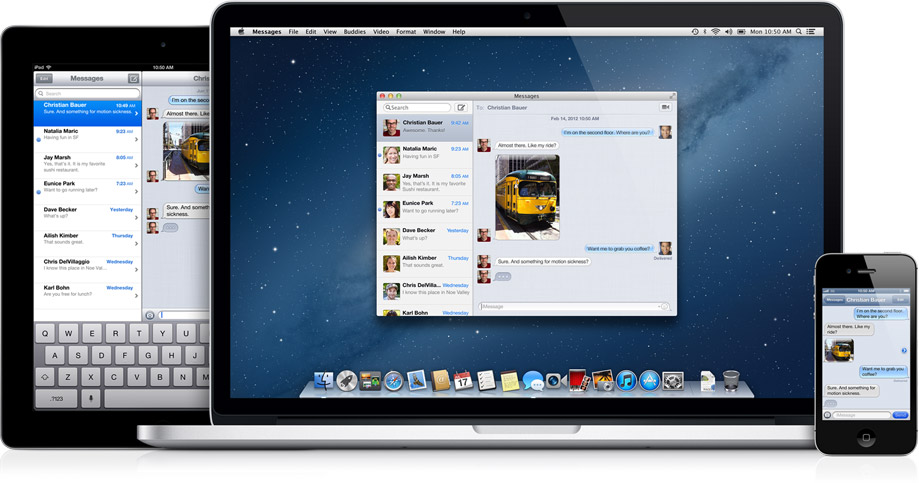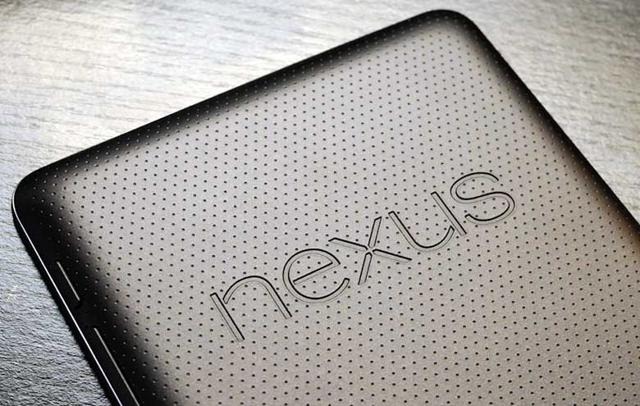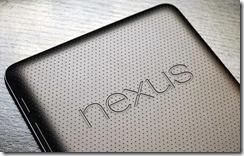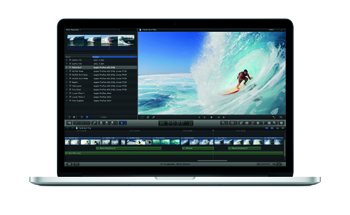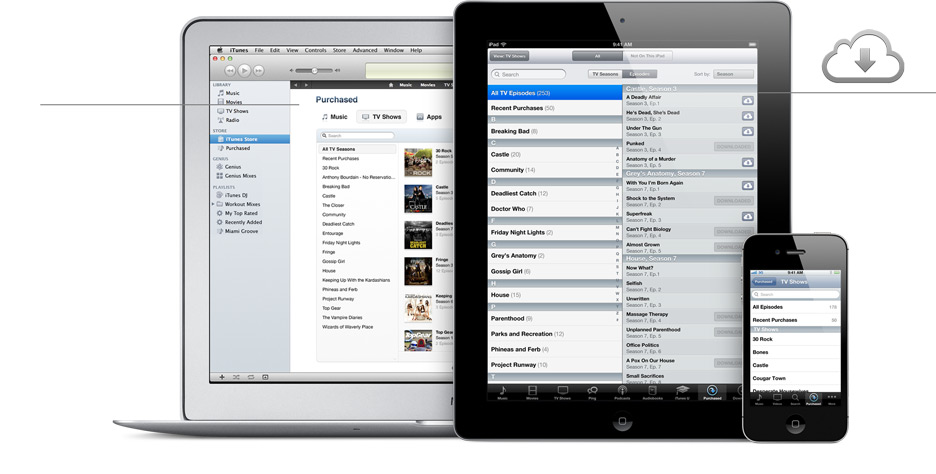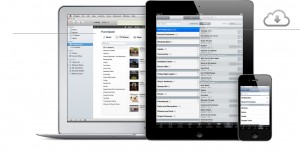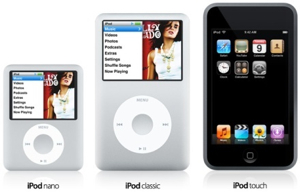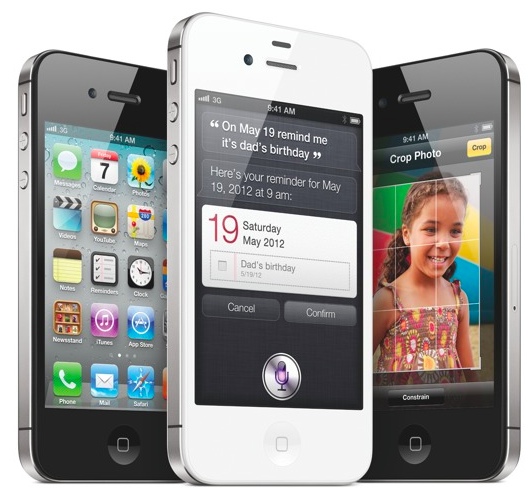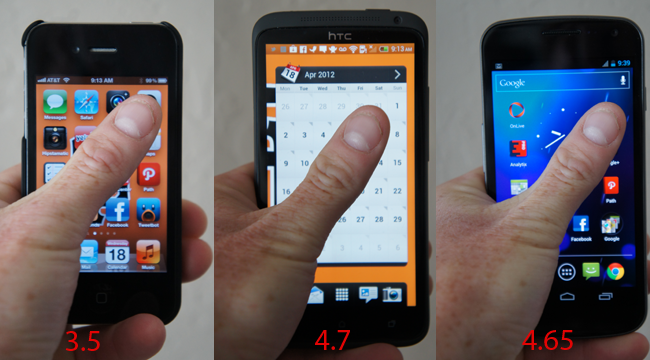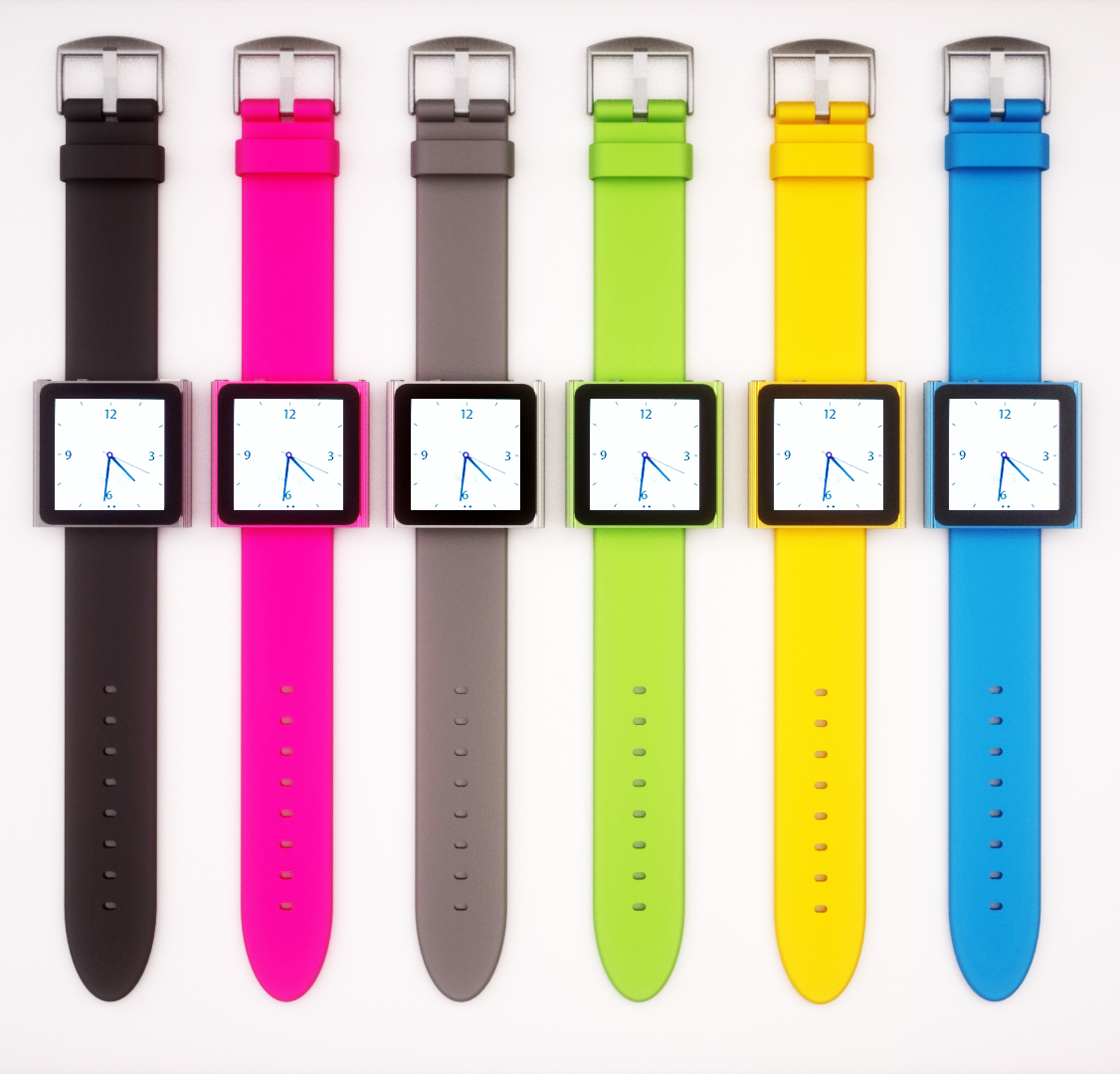 Yesterday Apple released their earnings for the fourth quarter of 2012. It is important to note that Apple had 14 weeks, as compared to the normal 13 weeks, in their year ago fourth quarter. In order to equalize results, all comparisons will be done on a week to week, rather than on a quarter to quarter basis.
Yesterday Apple released their earnings for the fourth quarter of 2012. It is important to note that Apple had 14 weeks, as compared to the normal 13 weeks, in their year ago fourth quarter. In order to equalize results, all comparisons will be done on a week to week, rather than on a quarter to quarter basis.
(All quotes are from the Apple earnings call.)
(Chart via Ars Technica)
Mac
Apple sold 4.1 million Macs compared to 5.2 million in the year ago quarter. That’s a decline of 16% on a week to week basis. My initial reaction to this news was that Macs were suffering from the same malaise that is plaguing all notebook and desktop computers. I’m sure that this is somewhat true, but Apple laid the blame squarely on supply constraints. In other words, they couldn’t make their Macs fast enough to meet demand.
…we were significantly constrained with respect to the new iMacs and we’re only able to ship them for the final month of the December quarter. We believe our Mac sales would have been much higher absent those constraints. ~ Peter Oppenheimer
Further, it does not appear that Apple is confident that they will be able to make enough Macs for the upcoming quarter either.
On iMac we’re confident that we’re going to significantly increase the supply, but the demand tier is very strong and we’re not certain that we will achieve a supply/demand balance during the quarter. Peter Oppenheimer
iPad
Apple sold 22.9 iPads compared to 15.4 million in the year ago quarter. That is an increase of 60% on a week to week basis.
Clearly the iPad Mini was a big seller, although Apple didn’t break out the specific numbers. Again, Apple couldn’t make enough iPad Mini’s to satisfy demand and they’re still struggling to make enough, even now.
…the iPad mini was very constrained.
We believe that we can achieve supply-demand balance on iPad mini later this quarter.
One interesting note is that the popularity of the lower priced iPad Mini brought the average sales price (ASP) of all iPads down by $101 on a year-over-year basis.
iPhone
Apple sold 47.8 million iPhones compared to 37 million in the year ago quarter. That’s an increase of 39% on a week to week basis.
Again, for much of the quarter, Apple simply couldn’t make enough iPhone 5’s to satisfy demand. More surprisingly, Apple was unable to make enough iPhone 4’s to satisfy demand and they are still struggling to do so.
If you look at the iPhone sales across the quarter, we were very constrained for much of the quarter on iPhone 5.
iPhone 4 was actually in constraint for the entire quarter…
…supply of iPhone 5 was short to demand until late in the quarter and iPhone 4 was short for the entire quarter.
We believe that we can achieve supply/demand balance … on iPhone 4 during this quarter.
This information, along with reports from Verizon, would seem to suggest iPhone 4 sales were growing in caparison with the iPhone 5. However, we have two statements in the earnings call that seem to counter this conclusion.
…the ASP for iPhone was essentially the same year-over-year in the quarter that we just finished.
If the mix of iPhones was drifting towards the older models, one would expect the average sales price to go down, not remain the same.
…if you looked at the mix of iPhone 5 to total iPhone and then in the previous year you look at 4S to total iPhones towards the top iPhone those mixes are similar.
That’s about as plain as it gets (although I still wish it were plainer).
iOS
All told, Apple sold over 75 million new iOS devices this quarter bringing their total to over half a billion. Kantar estimates that Apple gained 6.3% market share in the U.S. and maintained market share in Europe with growth of only 0.2%
Revenue, Income & Cash
Apple’s revenue for the quarter was 54.5 billion compared to 46.3 billion in the year ago quarter. That’s an increase on a week to week basis of 27%. To put that into perspective:
— Apple generated more revenue in one quarter than Google did in all of 2012.
— Apple is getting close to generating as much revenue in one quarter as Microsoft does in one year.
Apple’s net income (profit) was 13.1 billion. That’s an increase on a week to week basis of 8%. To put that into perspective:
— Apple made over a billion dollars in profit a week.
— Apple made more in profit (13.1 billion) than Google made in revenue (11.34 billion). Further, Apple generated as much profit in three weeks as Google did in three months ($2.89 billion).
— Apple’s 13.1 billion in earnings this quarter was the fourth largest of all time.
Apple’s cash totaled $137 billion compared to $121 billion at the end of the September quarter. That’s a sequential increase of almost $16 billion.
The Future Of Computing In Two Parts
I have a pet theory that mobile computing is breaking into a premium iOS operating system and a commodity Android operating system. Please pardon the following very long quotes from Apple’s earning call, but it appears that Apple is thinking along the same lines:
While other mobile devices and operating systems faced increasing security risks and fragmented inconsistent user experiences iPhone and iOS continue to deliver an exceptional experience that people love. They also provide a secure and trusted ecosystem that IT departments require. iPhone continues to be embraced by government agencies and businesses across the globe.
Many U.S. government agencies are issuing iPhones by the thousands as part of their new mobile strategies. Some examples include NASA and National Oceanic Atmospheric Association, Immigration and Customs Enforcement, and the Transportation Security Administration.
We’re also seeing continued growth iPhone growth in business across the board from companies replacing existing smartphone deployments to businesses adding first-time smartphone users. Companies around the world like Neiman Marcus, Skanska and Volvo are issuing iPhone to their employees to improve interactions with customers and give workers access to essential corporate data.
In addition to the tremendous response from consumers, iPad continues to be the tablet of choice for businesses and government agencies, transforming the way their employees work. Financial institutions like Barclays, Nomura Securities, and Bank of Beijing are deploying iPad to enable employees to better service customers and work securely with financial portfolios and products. In particular, Barclays’ rollout of over 8,000 iPads has generated tremendous employee engagement and feedback, making it the most successful IT deployment in Barclays’ history.
State and local governments in the United States are also rapidly adopting iPad. Court systems, accounting inspectors, and law enforcement agencies use iPad to streamline processes and replace huge amounts of paper. And state legislatures in Virginia, Texas, and West Virginia are all using the iPad to give lawmakers instant access to government documents and information.
Outside the U.S., 10,000 iPads are being deployed as part of broad adoption of the local government workflow solution in Sweden and over 5,000 iPads have been purchased by the government in the Netherlands for the Dutch tax authority and the Dutch court system.
Note the adoption of iOS devices in business, government and education. These were areas where Microsoft ruled supreme but now their dominance seems to be waning. And these are areas where Android is struggling despite its massive mobile market share.
Conclusion
Apple is engaged in a battle for control over the future of personal computing. Microsoft and Intel won the last battle but, in terms of unit sales and potential profits, that battle seems almost trivial. While Microsoft and Intel controlled the desktop and notebook markets, it appears that the combination of the smartphones and tablets is going to eclipse the PC’s numbers and profits by far.
There are many companies vying to become the king of personal computing. Each company has its strengths and each has its weaknesses. Apple has the hardware and software in place, but the future of computing is the cloud acting as the digital hub for all of that hardware and software and Apple has not yet proven its competency in that realm. Google has the most popular mobile operating system in the world but they haven’t figured out how to monetize it…yet. Microsoft is the king of the notebook and the desktop but that market is diminishing and Microsoft can’t seem to get any traction in mobile (smartphones and tablets). Samsung is making money – though not as much money as Apple – but they are not in control of their operating system or their ecosystem. Amazon? Geez, how does one evaluate Amazon? The less profit they make the more successful people think they become.
Tech is involved in its own personal game of thrones. And there are many new contestants waiting for their chance to steal the crown. It’s difficult to predict the future of personal computing but it’s easy to see that it’s going to be fascinating to watch.
Game on!




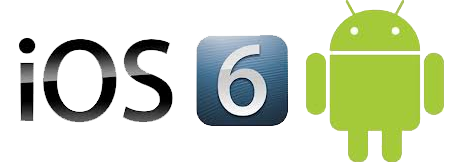

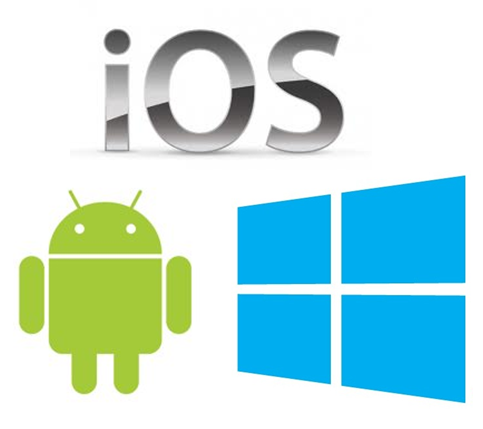

![Office for iOS and Android Embodies Microsoft’s Strategic Failings [Updated]](https://techpinions.com/wp-content/uploads/2012/10/images-481.jpeg)

